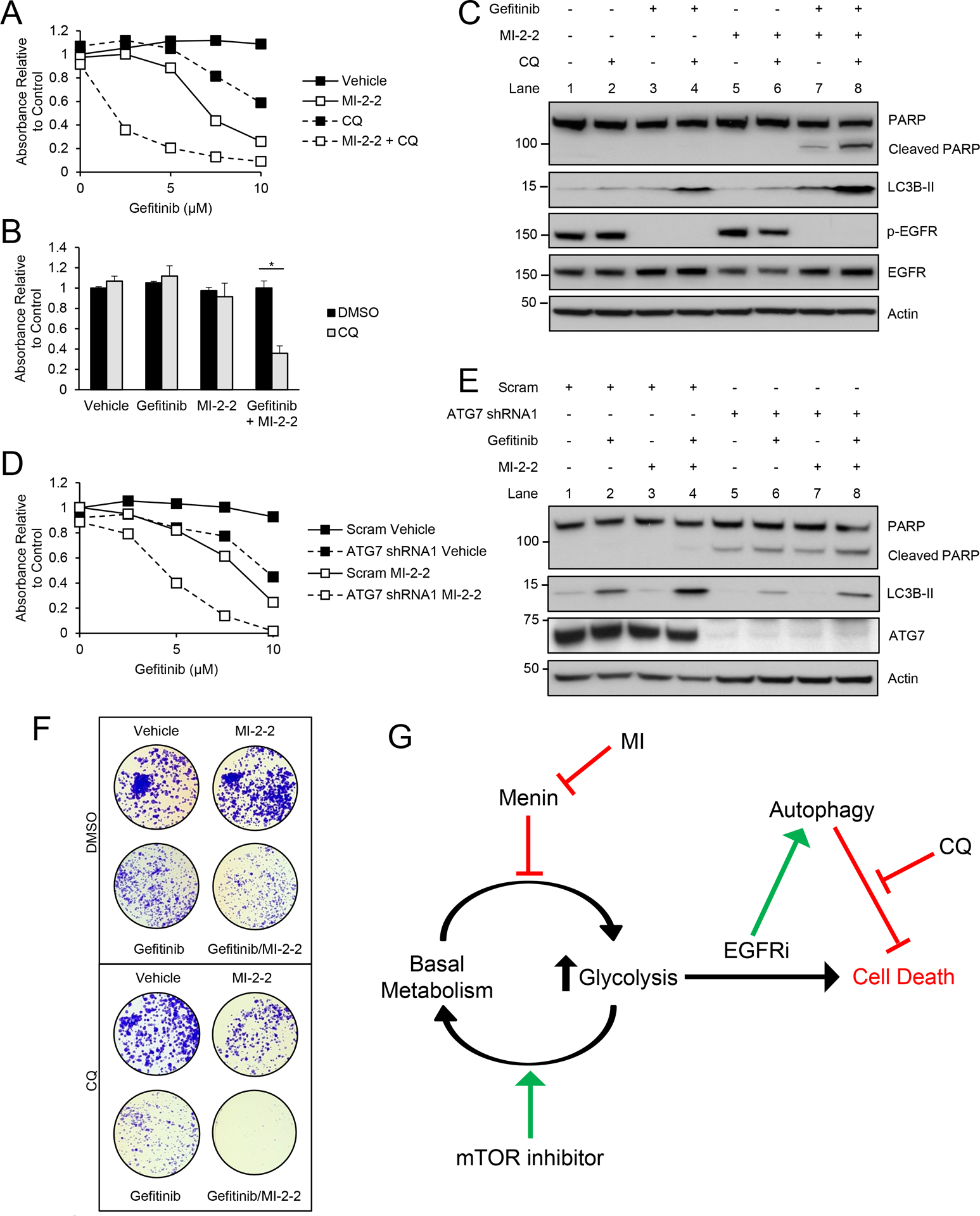Figure 6: Autophagy inhibition sensitizes CRC to combined treatment with gefitinib and MI-2–2.

A) Treatment of HT-29 cells with various concentrations of gefitinib, with cell growth assessed after 96 hours by the MTS assay, 1 μM MI-2–2, 1 μM CQ. B) Treatment of HT-29 cells with cell growth assessed after 96 hours by the MTS assay, 2.5 μM gefitinib, 1 μM MI-2–2, 1 μM CQ. C) HT-29 cells treated for 72 hours, 5 μM gefitinib, 1 μM MI-2–2, 1 μM CQ. D) HT-29 cells transduced with scrambled or ATG7 shRNA1, then treated with various concentrations of gefitinib, with cell growth assessed after 96 hours by the MTS assay, 1 μM MI-2–2. E) HT-29 cells transduced with scrambled or ATG7 shRNA1, then treated for 48 hours, 5 μM gefitinib, 1 μM MI-2–2. F) Clonogenicity assay in HCT-15 cells after treatment for 10 days. 2.5 μM gefitinib, 1 μM MI-2–2, 4 μM CQ. G) A representative model of the role of menin, glycolysis, and autophagy in mediating resistance to EGFRis. * p < 0.05
